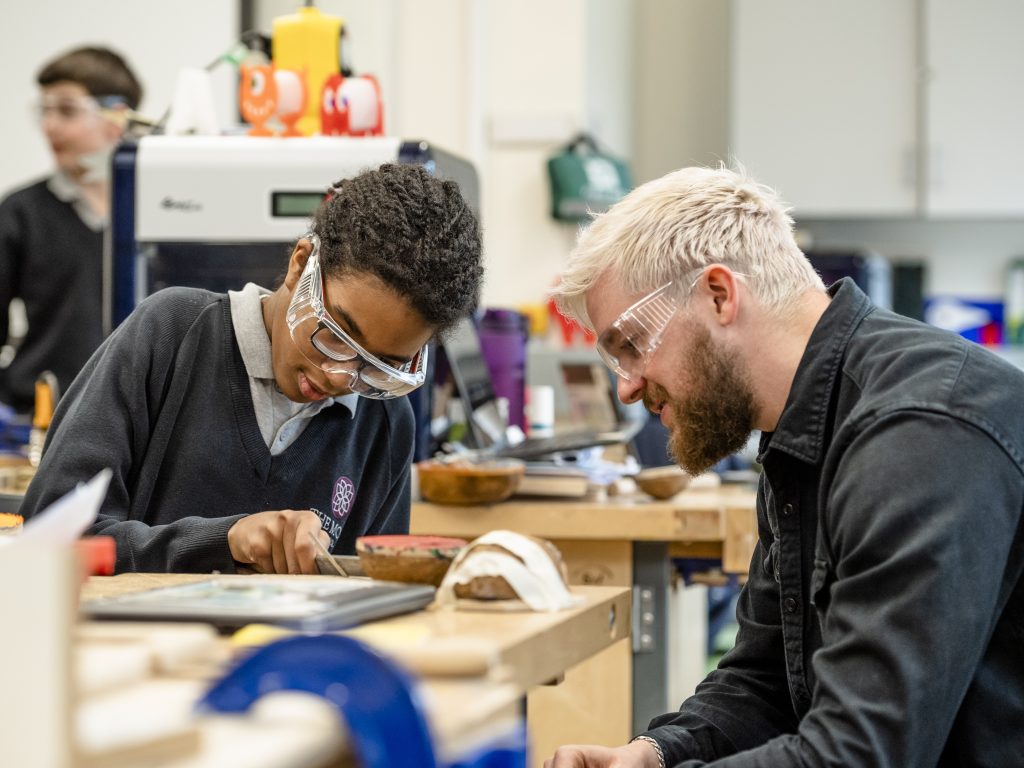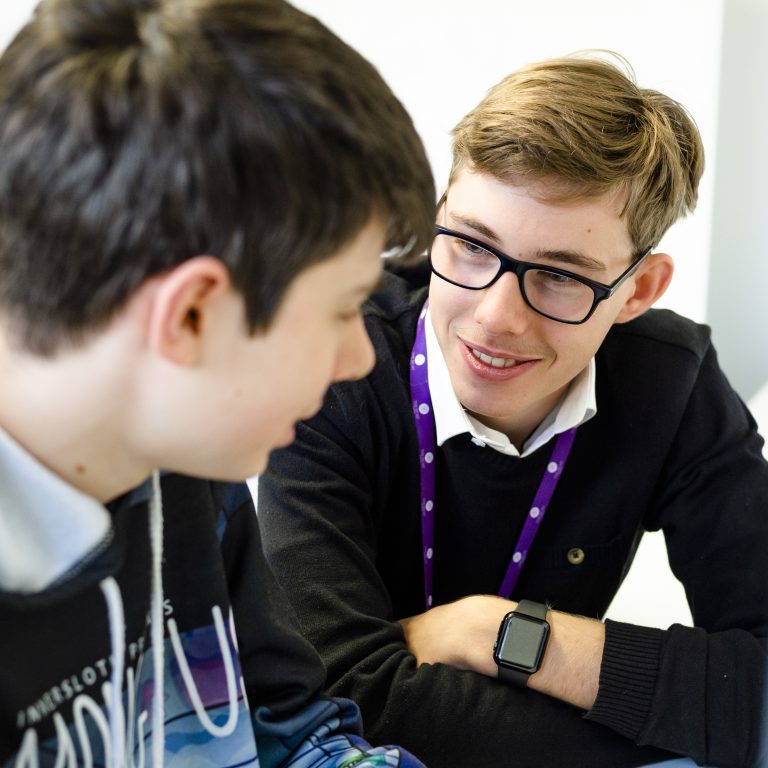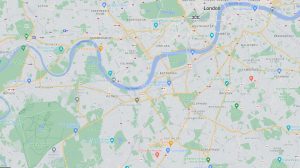“I love building spaces: architecture, furniture, all of it, probably more than fashion. The development procedure is more tactile. It’s about space and form and it’s something you can share with other people.” Donna Karan
We want this to be an inspiring subject that will encourage you to consider a wide range of approaches to expressing yourself through different materials, media and techniques. It will help you gain knowledge and understanding of art, craft, design, media and technologies today and in the past, and in different societies and cultures. You’ll also develop an understanding of the different roles, audiences and consumers for art, craft and design. You’ll experience different work practices and look at relevant processes and equipment too
KS4 – GCSE
You will explore different construction techniques and processes. All final outcomes you produce for this course will be 3D, however, your preparatory work will contain work in other media. You will need to produce drawings for both research and for your designs. Our fully equipped workshop includes a vacuum former and oven, belt sander, pillar drill, sewing machines, kiln, laser cutter, 3D printer, fret saws and all hand tools.
The GCSE in Art & Design: Three-Dimensional Design enables learners to explore and express ideas through functional or sculptural 3D forms. It promotes creative thinking and technical skill development using materials such as clay, wood, metal, and plastics. Students research historical and contemporary design contexts and use modelling, construction, and digital tools to generate imaginative and purposeful outcomes. The course fosters spatial awareness, innovation, and problem-solving, providing a solid foundation for progression to A Level Three-Dimensional Design or related design disciplines.
Subject content breakdown
Three-Dimensional Design (J173)
-
Defined as designing and making functional or non-functional objects in 3D.
-
Can include:
-
Ceramics – hand-built, glaze, firing.
-
Product design – items for use or manufacture.
-
Jewellery and body adornment – wearable design pieces.
-
Interior design – models and mock-ups for spatial environments.
-
Exhibition and set design – display and theatre-related spaces.
-
Sculpture – freestanding, relief or kinetic forms.
-
Design for theatre/film/TV – props, settings, and 3D visuals.
-
-
Students must:
-
Use a range of traditional and digital 3D materials, techniques and processes.
-
Understand elements such as form, structure, texture, and space.
-
Investigate design movements, makers and contexts.
-
Develop, record and refine ideas through experimentation and construction.
-
Present a personal and informed three-dimensional final outcome.
-
Assessment structure
Component 01: Portfolio (non-exam assessment)
- Worth 60% of total GCSE.
- Internally set and assessed; externally moderated.
- Includes a sustained project and other supporting work.
- Must demonstrate all four assessment objectives:
- AO1: Develop ideas with contextual awareness.
- AO2: Refine through experimentation with materials/processes.
- AO3: Record ideas and intentions through drawing, notes or models.
- AO4: Present a final 3D outcome with personal meaning.
Component 02: Externally Set Task
- Worth 40% of total GCSE.
- Paper released in January of the examination year.
- Preparatory period followed by 10 hours of supervised time.
- Students produce a final piece supported by planning and research.
- All assessment objectives must be addressed.
- Internally marked and externally moderated.



